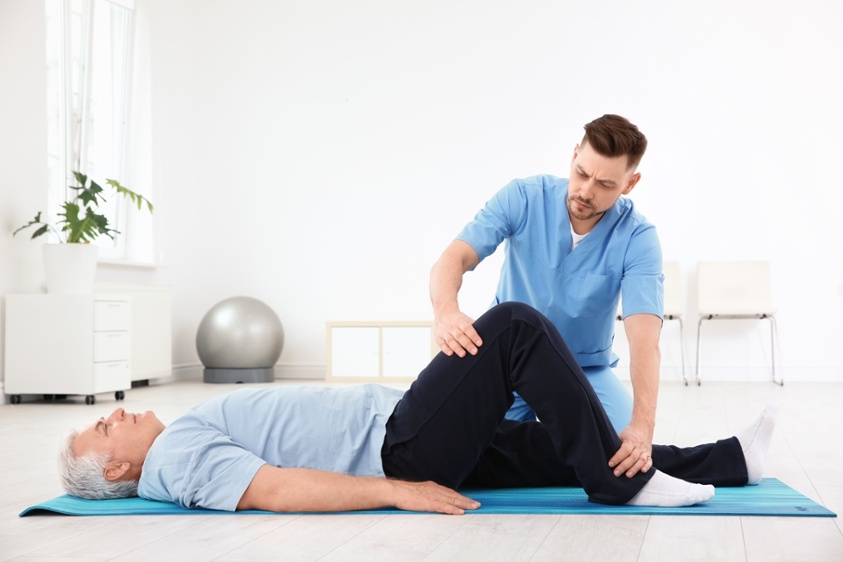Improving Performance and Minimizing Injury Threat via Comprehensive Assessment of Balance and Steadiness via Practical Movement Assessment.
Improving Performance and Minimizing Injury Threat via Comprehensive Assessment of Balance and Steadiness via Practical Movement Assessment.
Blog Article
Equilibrium and stability are essential components of physical fitness and general well-being. They serve a critical part in daily tasks, sports capability, and harm prevention. When an person has good balance and stability, they are less prone to fall or sustain injuries during physical activities. One effective way to assess these attributes is through Practical Motion Screening (FMS). FMS is a tool used to evaluate movement patterns and identify imbalances or weaknesses that could lead to injuries.
Functional Motion Assessment involves a sequence of particular tests that assess how effectively a individual functions. The tests focus on fundamental movements such as squatting, lunging, and flexing. By watching these actions, trainers and healthcare professionals can determine areas where an person may struggle. For instance, if someone has difficulty maintaining balance while performing a squat, it may indicate a need for targeted exercises to improve strength and coordination. This evaluation not only detects weaknesses but also helps to monitor advancement over a period.
In addition to identifying areas for enhancement, FMS serves a crucial part in avoiding harm. Many injuries occur as a result of inadequate movement mechanics, which can be detected through functional evaluations. By addressing these issues early on, people can lower their risk of harm during athletic or other bodily exercises. For example, a runner who demonstrates an imbalance in their stride may be more prone to knee injuries. By correcting these imbalances through specific exercise neurological rehabilitation programs, the chance of injury can be substantially decreased.
Furthermore, enhancing capability is another benefit of conducting a thorough evaluation of balance and stability. Sportspeople and active individuals often seek to enhance their capability in particular sports or tasks. A thorough understanding of their movement styles allows coaches to create personalized training regimens that focus on specific weaknesses. By improving balance and steadiness, sportspeople can enhance their overall performance, whether it’s jogging more quickly, jumping taller, or performing precise movements in their activity.
In summary, the importance of evaluating balance and steadiness through Practical Movement Screening cannot be overstated. This thorough assessment serves as a foundation for improving physical fitness, preventing harm, and enhancing athletic capability. By recognizing areas of weakness and implementing targeted training approaches, individuals can achieve better results in their physical activities. Focusing on balance and stability not only results to improved capability but also contributes to a healthier, important link increasingly active lifestyle.